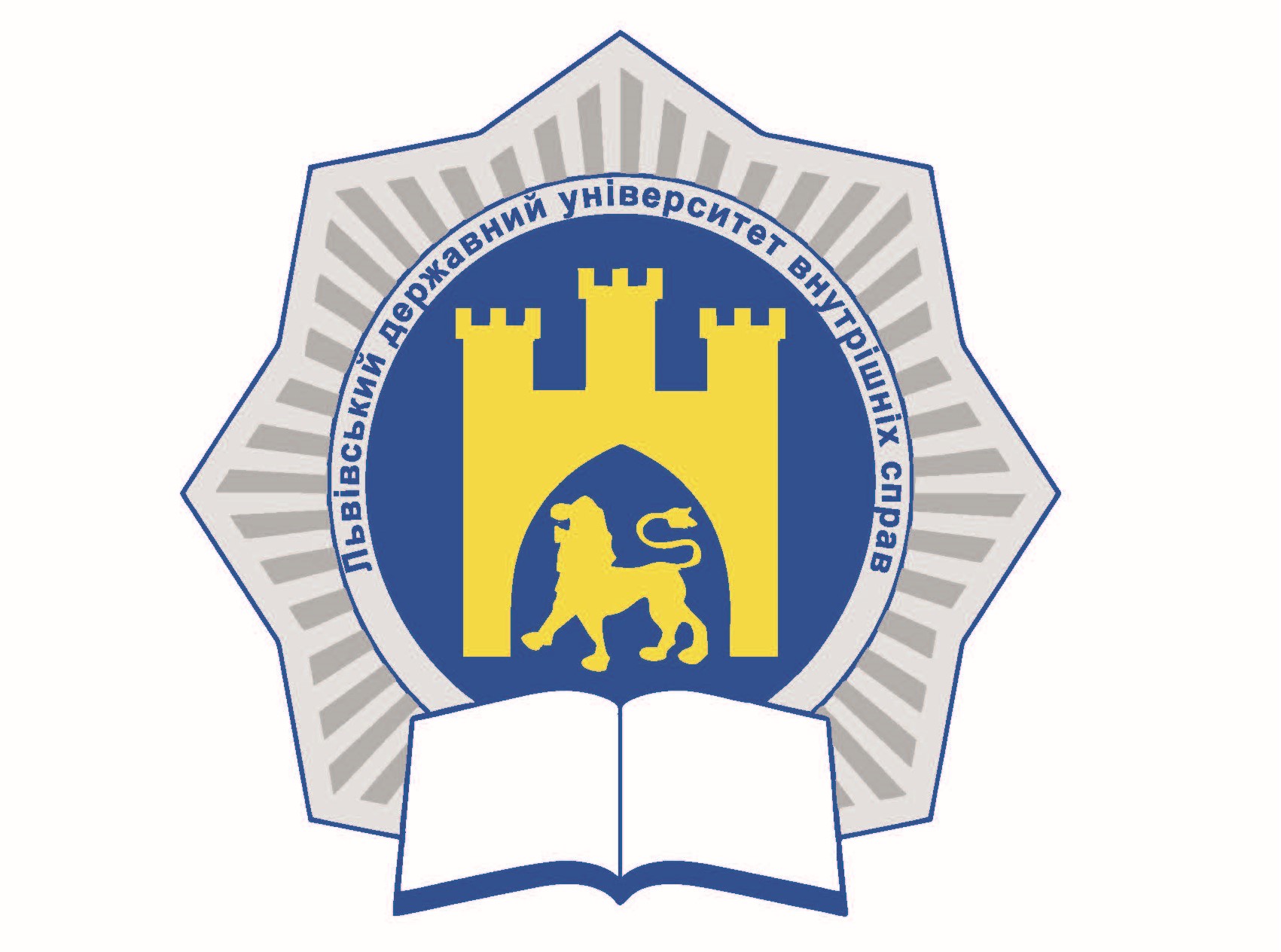THERAPEUTIC PROPERTIES OF PSILOCYBIN IN THE CONTEXT OF PALLIATIVE MEDICINE AND INTERIM PARTNER VIOLENCE: PROBLEMS OF LEGAL REGULATION
DOI:
https://doi.org/10.32782/2311-8040/2023-3-25Keywords:
psilocybin, therapy, domestic violence, palliative medicineAbstract
The article analyzes the latest scientific and practical publications related to the use of psilobin and psilocybin for therapeutic purposes. Psilocybin is an alkaloid, a phosphoric ester of tryptamine derivative (C12H17N2O4P), which occurs naturally in some mushrooms of the genus Psilocybe. Psilocybin is a psychoactive substance, its effect on the body is similar to the effect of LSD. In the body, psilocybin is converted to psilocin by separating the remaining phosphoric acid. By their structure, psilocybin and psilocin are similar to the neurotransmitter serotonin, they suppress its activity, probably due to this psychotropic effect. Explores the history of psilocybin use, beginning with the Harvard Psilocybin Experiment. And although the mentioned experiment received an undoubted status due to some principles of its conduct, nevertheless, in recent decades there has been a return to attempts to investigate the effect of psilocybin on the human psyche. Special attention should be paid to studies in social psychology of a practical direction, which relate to the use of psilocybin for the prevention and termination of domestic violence, the treatment of post-traumatic stress disorders, as well as for palliative purposes. The findings of a group of scientists led by Dr. Peter Hendricks, a professor in the Department of Health Behavior at the University of Alabama, who conducted research on the materials of the National Survey on Drug Abuse from 2002 to 2014, were analyzed, based on which they claimed that the use of psychedelics and, in particular, psilocybin makes people less likely to commit violent crimes. At the same time, in Ukraine, psilocybin is prohibited for use for medical, scientific, and other purposes, as well as for production, storage, transportation, sale, purchase, export, import, and transportation through the territory of Ukraine, which is an obstacle to conducting similar research on domestic territory. and does not meet the requirements of time and the need to find new ways to combat domestic violence, treat post-traumatic stress disorders, and use for palliative purposes.
References
Training on adequate use of opioid analgesics in West and Central Africa: a neglected step on the way to access to essential medicines? / S. Frau et al. J of Pharm Policy and Pract. 2021. № 14. P. 104. DOI: 10.1186/s40545-021-00388-7.
Importance of medication reconciliation in cancer patients / A. Elbeddini et al. J of Pharm Policy and Pract. 2021. № 14. P. 98. DOI: 10.1186/s40545-021-00379-8.
American Journal of Pharmaceutical Education. November 2020. № 84 (11). P. 8421. DOI: 10.5688/ajpe8421.
American Journal of Pharmaceutical Education. June 2019. № 83 (5). P. 7410. DOI: 10.5688/ajpe7410.
Ford J., Murphy Je. Chain pharmacists’ attitudes on and awareness of domestic abuse. J Am Pharm Assoc (Wash). 1996 May; NS36 (5) : 323–8. DOI: 10.1016/s1086-5802(16)30065-1. PMID : 8634942.
Does the health status of intimate partner violence victims warrant pharmacies as portals for public health promotion? / C. Cerulli et al. Journal of the American Pharmacists Association. 2010. № 50 (2). P. 200–206. DOI: 10.1331/JAPhA.2010.09094.
Quō vādis? Short-term medical missions in a globalized world and the role of pharmacy / S.E. Connor et al. Journal of the AmericanPharmacists Association. 2022. № 62 (1). P. 29–34. e2. DOI: 10.1016/j.japh.2021.10.006.
Psychedelic Drug Legislative Reform and Legalization in the US / J.S. Siegel et al. JAMA Psychiatry. 2023. № 80 (1). P. 77–83. DOI: 10.1001/jamapsychiatry.2022.4101.
Psychedelic use and intimate partner violence: The role of emotion regulation / M.S. Thiessen et al. J Psychopharmacol. 2018 Jul. № 32 (7). P. 749–755. DOI: 10.1177/0269881118771782. Epub 2018 May 29. PMID: 29807492.
Psilocybin produces substantial and sustained decreases in depression and anxiety in patients with life-threatening cancer: A randomized double-blind trial / R.R. Griffiths et al. J Psychopharmacol. 2016 Dec. № 30 (12). P. 1181–1197. DOI: 10.1177/0269881116675513. PMID: 27909165; PMCID: PMC5367557.
Сукмановська Л. Домашнє насильство: дослідження актуальної проблеми сьогодення. Юридичний вісник. 2014. № 4. С. 215–219.
Байда А. Проблеми кримінальної відповідальності за домашнє насильство. Питання боротьби зі злочинністю. 2016. Вип. 32. С. 79–95.
Ломакіна О. Теоретичні засади дослідження в Україні понять «домашнє насильство» та «насильство за ознакою статі». Теорія та практика державного управління і місцевого самоврядування.2019. URL: http://nbuv.gov.ua/UJRN/Ttpdu_20.
Малишева А. Домашнє насильство як соціальна проблема в реаліях українського суспільства. Соціально-гуманітарний вісник. 2019. Вип. 29–30. С. 24–2719.
Рутьян Л. Домашнє насильство жінок: психологічні та соціальні детермінанти явища. Вісник Київського національного університету імені Тараса Шевченка. Серія «Соціальна робота». 2019. Вип. 1. С. 52–54.
Ткачук К.В. Домашнє насильство: європейський досвід та аналіз впроваджених змін в Україні. Журнал східноєвропейського права. 2020. № 75. С. 140–145.
Строга Є. Правові інструменти реагування на домашнє насильство. Інтернаука : міжнародний науковий журнал. 2019. № 17 (3). С. 69–76.
Князевич В. Українська паліативна ліга: підсумки п’ятиріччя діяльності та плани на майбутнє. Реабілітація та паліативна медицина. 2016. № 1. С. 7–9.
Лінніков С. Паліативна медицина як ключова ланка реформування системи медичної допомоги в Україні. Ринкова економіка: сучасна теорія і практика управління. 2015. Т. 14. Вип. 3. С. 218–228.
Етичні засади надання паліативної і хоспісної допомоги в Україні (обговорені та затверджені учасниками Науково-практичної конференції з міжнародною участю «Паліативна допомога в Україні: морально-етичні, психологічні та духовні аспекти», 14–15 червня 2016 р., м. Харків). Реабілітація та паліативна медицина. № 2. С. 7–8.
Губський Ю., Царенко А. Паліативна допомога та еутаназія: медико-соціальні, біоетичні, правові аспекти. Здоров’я суспільства. 2017. Т. 6. № № 1–2. С. 87–97.
Stamets Paul. Psilocybin Mushrooms of the World – An Identification Guide. 1996.
Badham E.R. Ethnobotany of psilocybin [sic] mushrooms, especially Psilocybe cubensis. Journal of Ethnopharmacology. 1984. № 10 (2). P. 249









